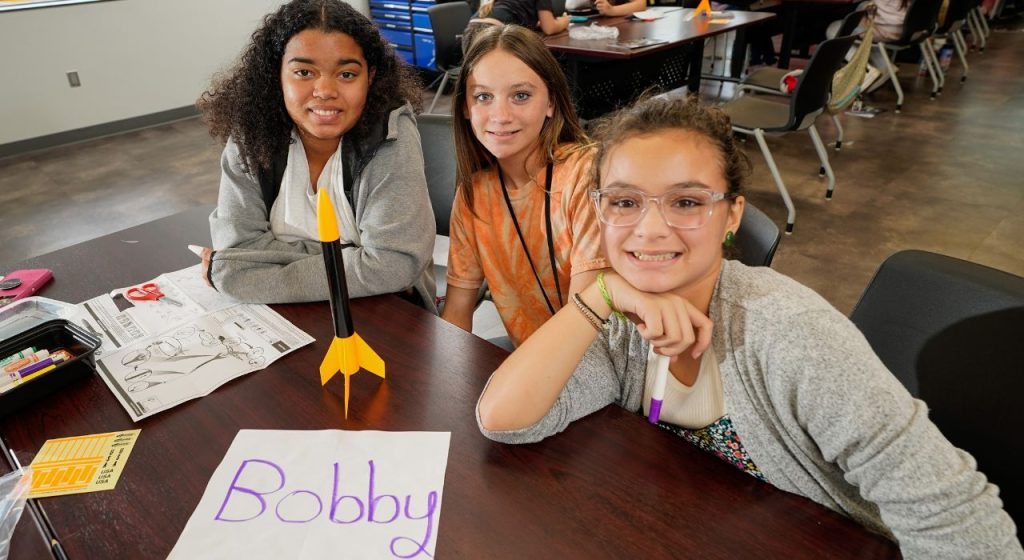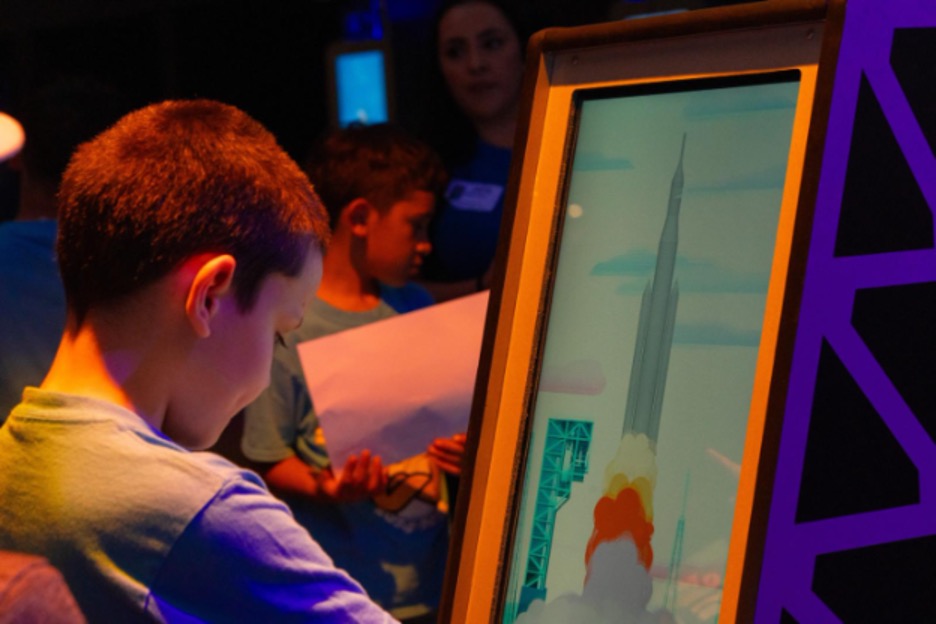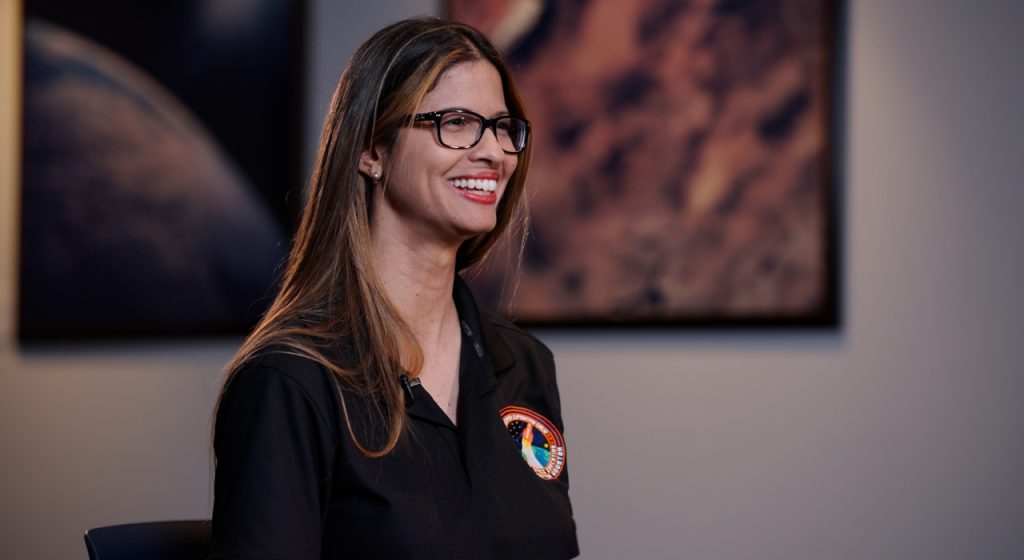As Women’s History Month draws to a close, we’re using this last Friday of March to highlight one adventurous female astronaut who is in space right now!
Watch live as NASA astronaut Christina Koch conducts her first spacewalk:

A part of the Expedition 59 and 60 crew, Christina Koch is currently on her first mission to the International Space Station. Koch was selected by NASA in 2013, and completed her astronaut candidate training in 2015. Now, she’s in space, where she is scheduled to remain until October of this year.
During her time in space, she will conduct and assist with a variety of scientific investigations and experiments which involve tissue chips, flying robots like the Astrobee, and studying Earth’s atmospheric carbon cycle.
She spent time in both the Arctic and Antarctic conducting scientific field work, serving as a member of the Firefighting Teams and Ocean/Glacier Search and Rescue Teams during her stay at the South Pole.
She was serving as a Field Engineer at NOAA’s Global Monitoring Division Baseline Observatory in Alaska when she was selected to be an astronaut.
Read on for some fun facts we’ve assembled on Koch, who serves as inspiration for explorers everywhere.
1. She is a Space Camp alumna and has previous NASA experience working as an engineer at Goddard Space Flight Center.
While some astronauts didn’t develop their love for space until later in the game, Koch had a fascination for space early on.
Koch was one of seven astronauts who are alumnae of Space Camp, a hands-on STEM camp that allows attendees to train like real astronauts.

Koch didn’t stop there. In 2001, she graduated from the NASA Academy program at Goddard Space Flight Center (GSFC) in Maryland. Upon graduation, she began work as a NASA-contracted electrical engineer in the Laboratory for High Energy Astrophysics at GSFC, where she got to work on space instruments for ISS.
She recalls that her colleagues were shocked when she decided to switch gears by quitting her job at NASA to work as a research associate in the Antarctic.
In a 2016 interview with Houstonia magazine, Koch said, “Some of the feedback I got was not necessarily positive or encouraging. But I knew I was passionate about exploring and science on the frontiers, and I knew that meant I had to go to Antarctica.”
2. Koch’s skills as a rock climber
Rock climbing is an extreme sport for a reason. It takes you out of your comfort zone and pushes your limits. It takes concentration and focus, even amid moments of pure fear. It isn’t for the faint of heart. For Koch, the hobby challenges her and improves her abilities.
Koch has a lot of experience as a climber. She has scaled icy walls and rocky ledges, but now that she is in space, she’ll be scaling ISS in zero-G. Koch has said that rock climbing has helped her during her astronaut training to prepare for her first spaceflight. There are many parallels between rock climbing and the training, like the use of tethers to secure herself and the intense focus that is required to always look ahead.
To Houstonia magazine in 2016, Koch shared, “If you can learn to love the things that are most challenging for you, you’ll go far in life. Because usually, the things that are most challenging and scary are the things that are right on the edge of your abilities. The things that, if you push yourself just enough, you will accomplish.”
 3. Koch used to be station chief for NOAA’s American Samoa Observatory
3. Koch used to be station chief for NOAA’s American Samoa Observatory
Koch’s work for the NOAA included a stop at the American Samoa Observatory. Established in 1974, this research station has survived two major hurricanes, is staffed by three people and obtains 30 percent of its daytime power from solar panels.
It’s part of the NOAA’s Earth System Research Laboratory. The ESRL was formed to pursue a broad and comprehensive understanding of the Earth system. This system comprises many physical, chemical and biological processes that need to be dynamically integrated to better predict their behavior over scales from local to global and periods of minutes to millennia.
ESRL supports the deployment and operation of environmental observatories and observational networks to provide high-resolution datasets for analysis. These data provide a critical, long-term history of the Earth system necessary for the assessment of global trends. ESRL also operates observational networks to improve our understanding of regional weather, water and climate processes, and to advance the development of new sensor techniques. ESRL conducts and participates in field programs which allow researchers to intensively study an aspect of the Earth system which applies to improving weather and air quality forecasting, and understanding climate processes and trends.
The observatory at American Samoa takes samples for things like Carbon Cycle Surface Flasks, Carbon Cycle In Situ Observatory, HATS Flask Sampling and Aerosol Surface In-Situ.







